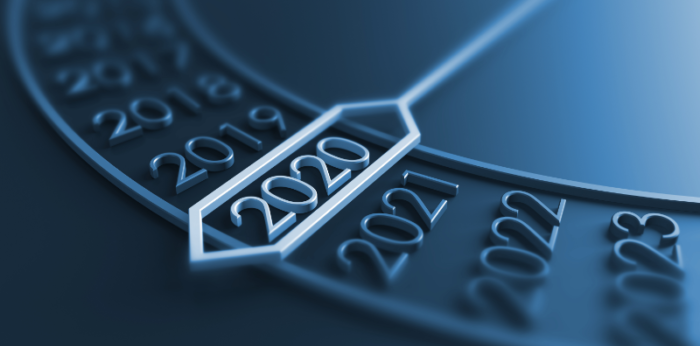From 1 January 2020, the limit for sulphur in fuel oil on board ships operating outside designated Emission Control Areas (ECAs) will fall to 0.50% mass by mass (m/m). For this reason, the Shipowners’ Club published a checklist, which may be used as a guide to compliment any operational changes that operators are planning, so as to ensure compliance with the upcoming MARPOL convention changes.
The checklist is divided into three categories. These are:
General
- Have you developed a ship specific implementation plan, in accordance with guidance from the IMO?
- In case that any structural modifications are necessary, have these been added to the ship specific implementation plan and approved by the flag state and/or classification society as applicable?
- Has a risk assessment for compliance been conducted and is it available on board?
- Has crew and shore side personnel training been carried out with appropriate records available?
- If the ship is more than 400GT, is the International Air Pollution Prevention (IAPP) Certificate or related exemption documentation available on board?
- Are the Oil Record Book and any other required records available and up to date?
- Do records note the condition of tanks, pipelines and other associated bunkering equipment?
- Do the Bunker Delivery Notes clearly verify whether the fuel oil sulphur content is above 0.50% m/m?
- Have you taken precautions to avoid comingling of supplied bunkers with fuel already on board the vessel?
- If comingling of fuel is unavoidable, have you made sure that clear fuel test documentation is available for each batch of fuel?
- Have you made preparations for entry into Emission Control Areas (ECAs) in sufficient time to allow for complete flushing of the fuel system or effective operation of the scrubber system?
- If so, are written changeover procedures available to crew and the necessary associated records available and maintained on board the vessel?
On ships where scrubbers are installed
- Is the scrubber system type approved, in good working order with planned maintenance tasks up to date and monitoring devices fully operational?
- Are operational and maintenance records for the scrubber system and its related equipment being maintained on board and are these available for inspection?
- Do any ports restrict or have additional requirements for the discharge of open loop scrubber system wash water on the upcoming voyage(s)?
- If so, have you made arrangements for specialist disposal arrangements if necessary?
Switching to a new fuel type
- Have you completed a suitability assessment, including reference to manufacturer’s instructions, to establish what impacts a change in fuel type may have on existing machinery and equipment?
- Have the tanks and pipelines been thoroughly flushed and cleaned to avoid cross contamination?
- Do records note that segregation of fuel system tanks and pipe work has been maintained where necessary?
- Have you carried out additional tests for bunkers before utilising them?
- If additional tests are not practicable, are you monitoring the vessel’s filters and fuel consumption when commencing use of fresh bunkers in order to identify any problem at the earliest opportunity?
[smlsubform prepend=”GET THE SAFETY4SEA IN YOUR INBOX!” showname=false emailtxt=”” emailholder=”Enter your email address” showsubmit=true submittxt=”Submit” jsthanks=false thankyou=”Thank you for subscribing to our mailing list”]
In the event that the vessel is not able to comply with sulphur cap requirements, the vessel’s shore management should be notified immediately, and the details of any non-compliance recorded in the vessel’s log books
the Shipowners’ Club concludes.































































